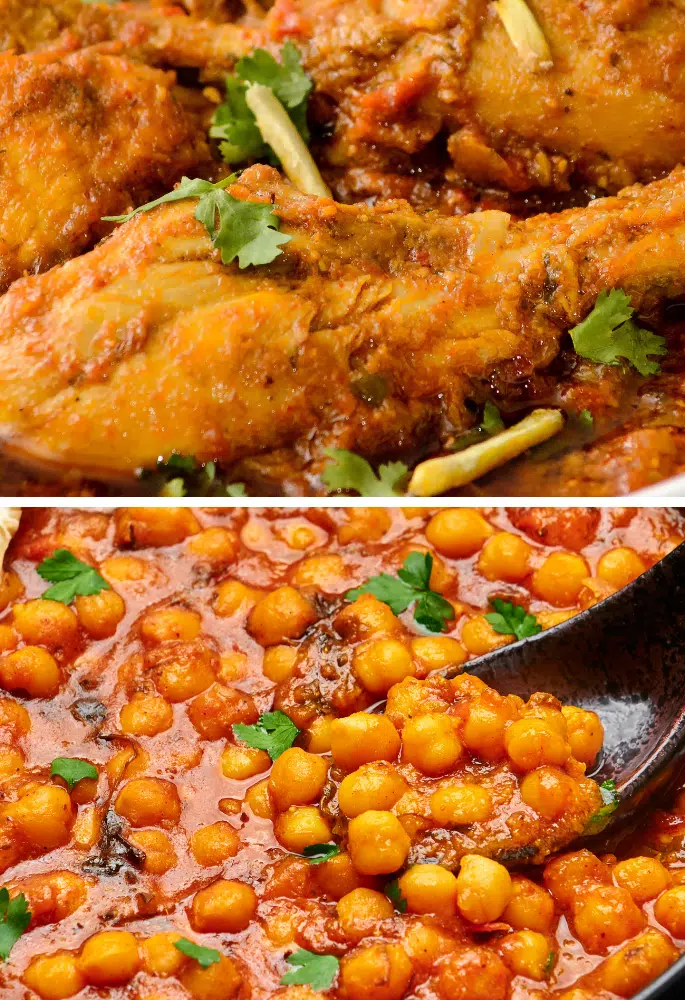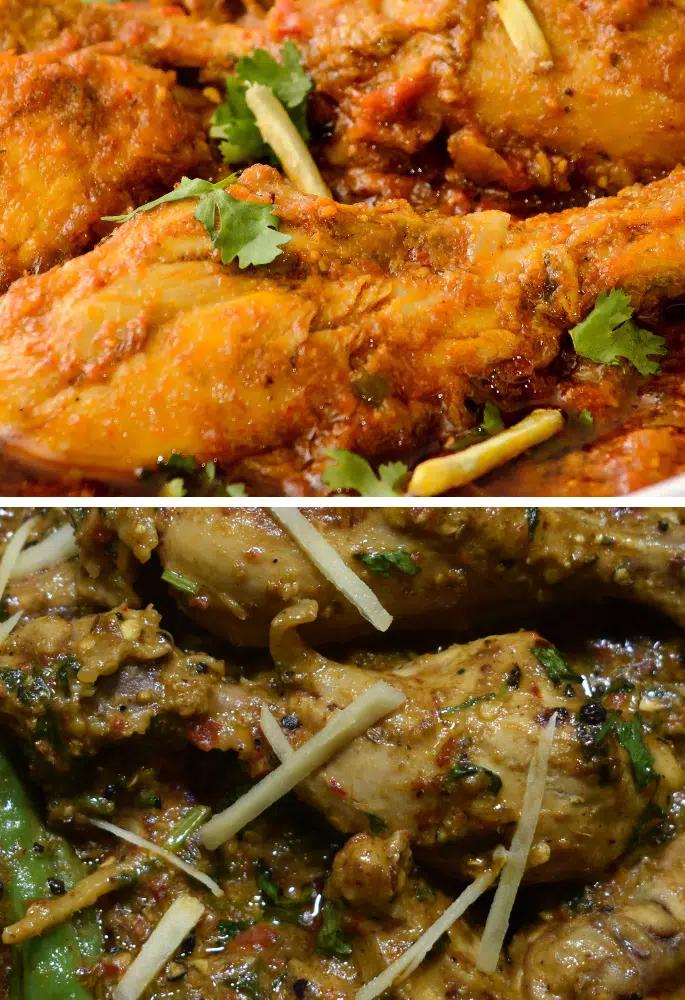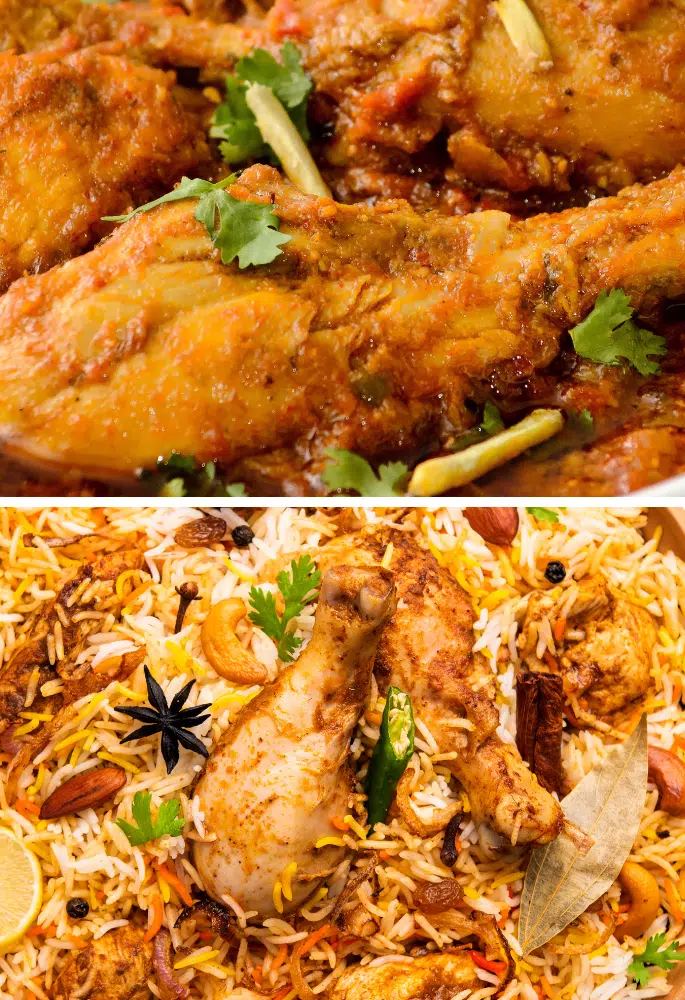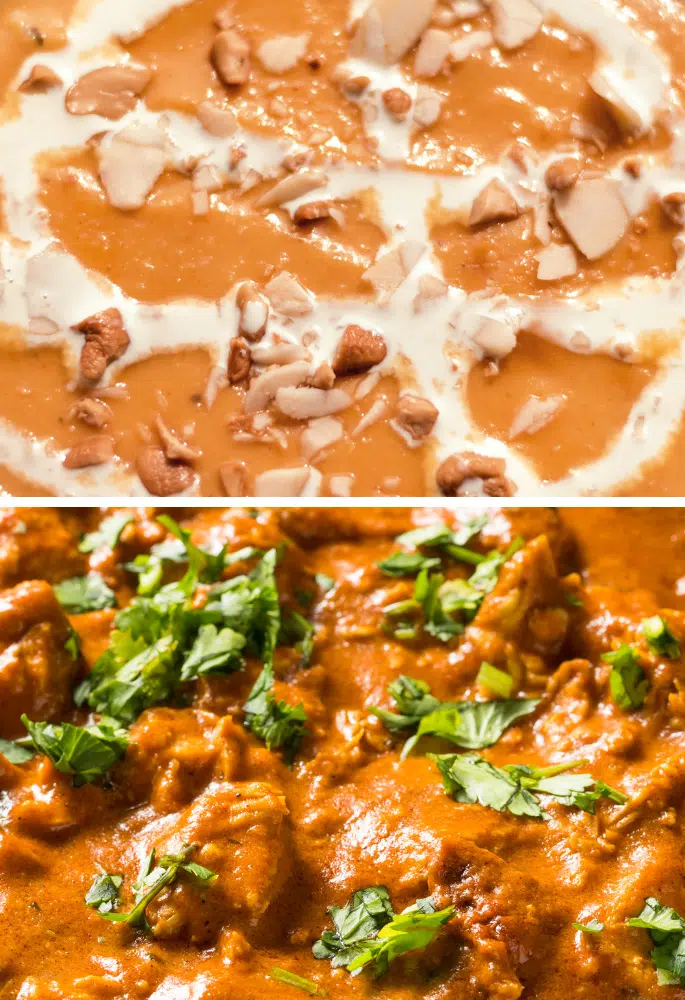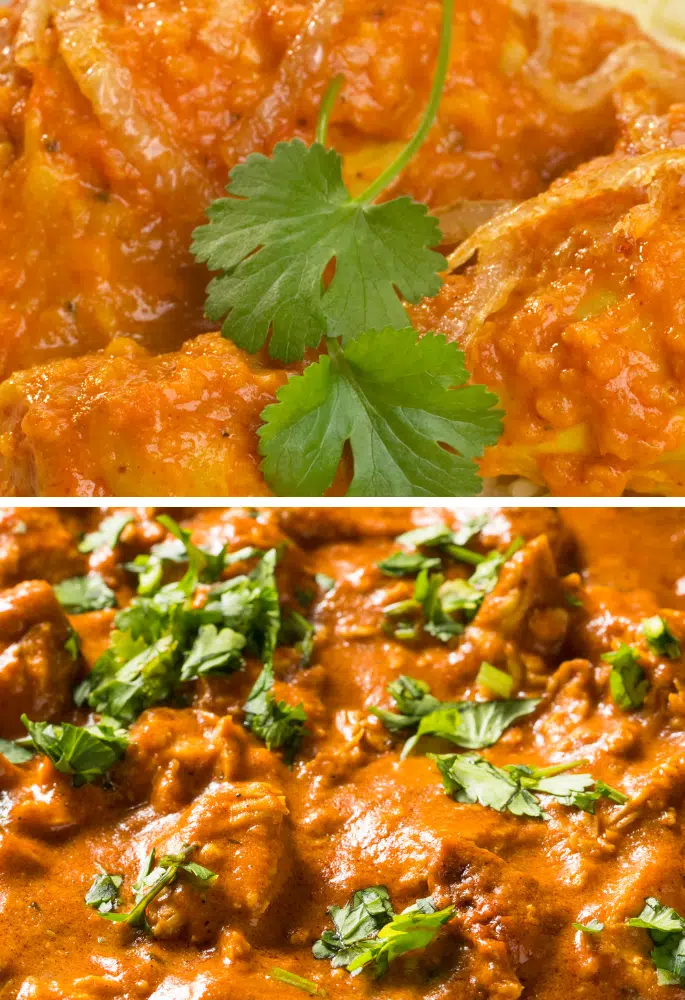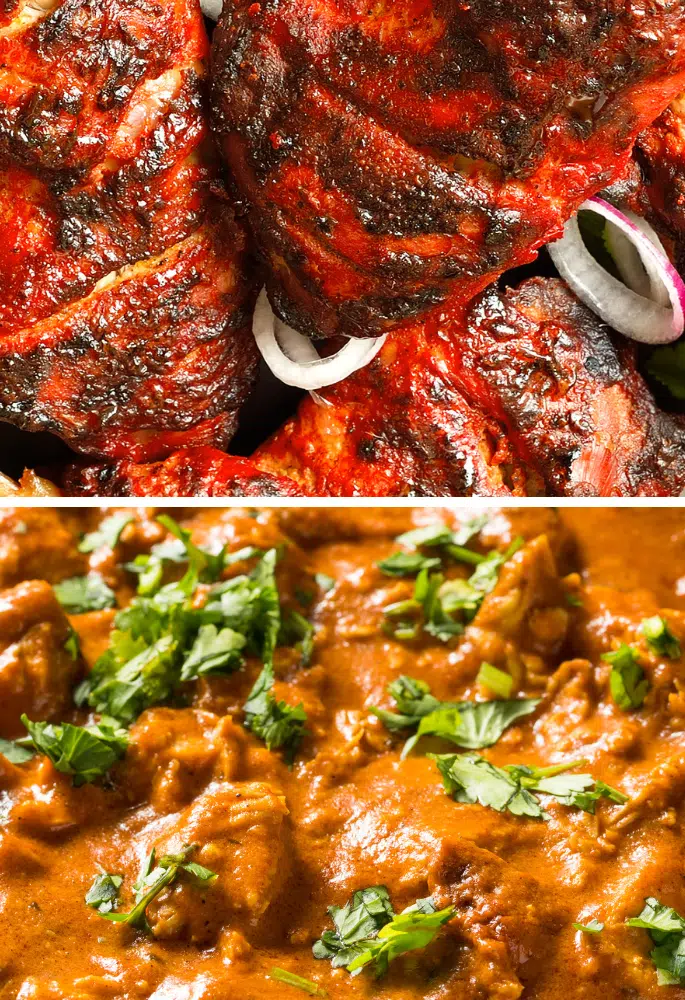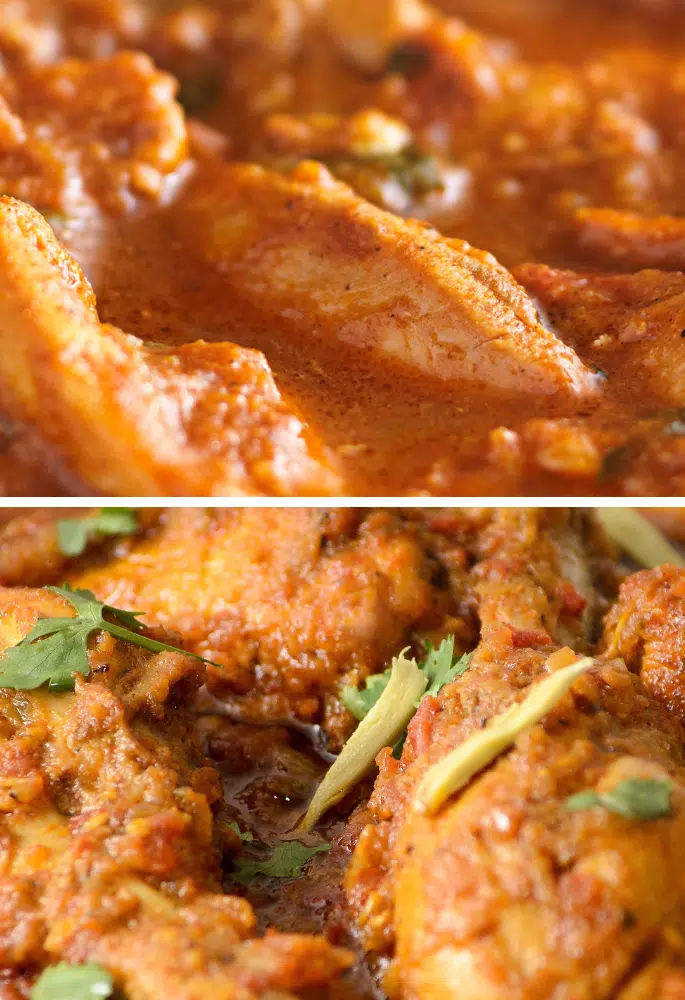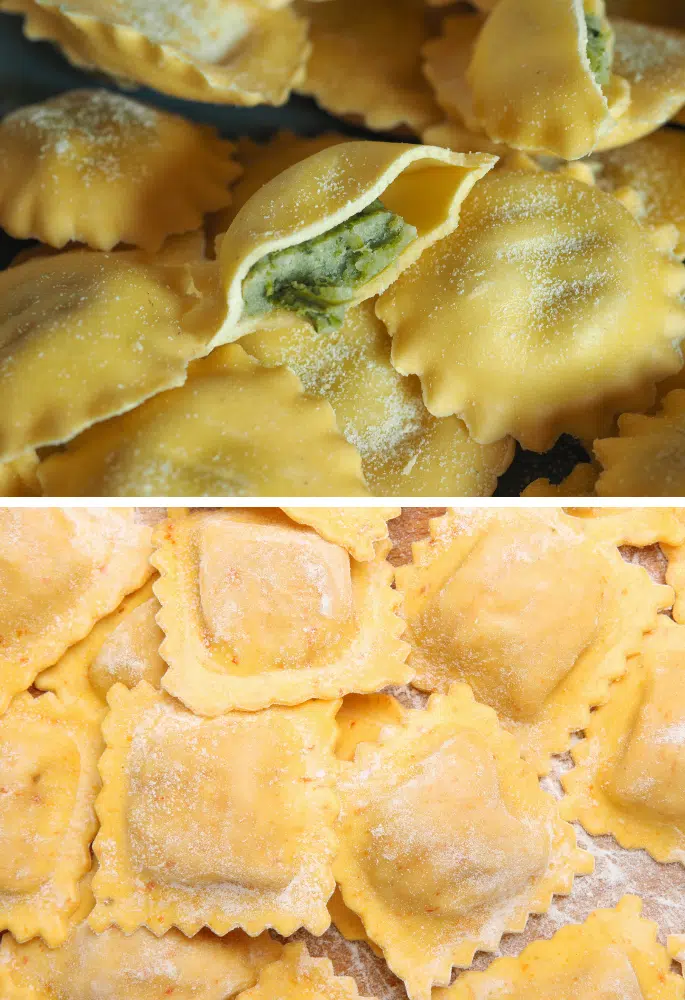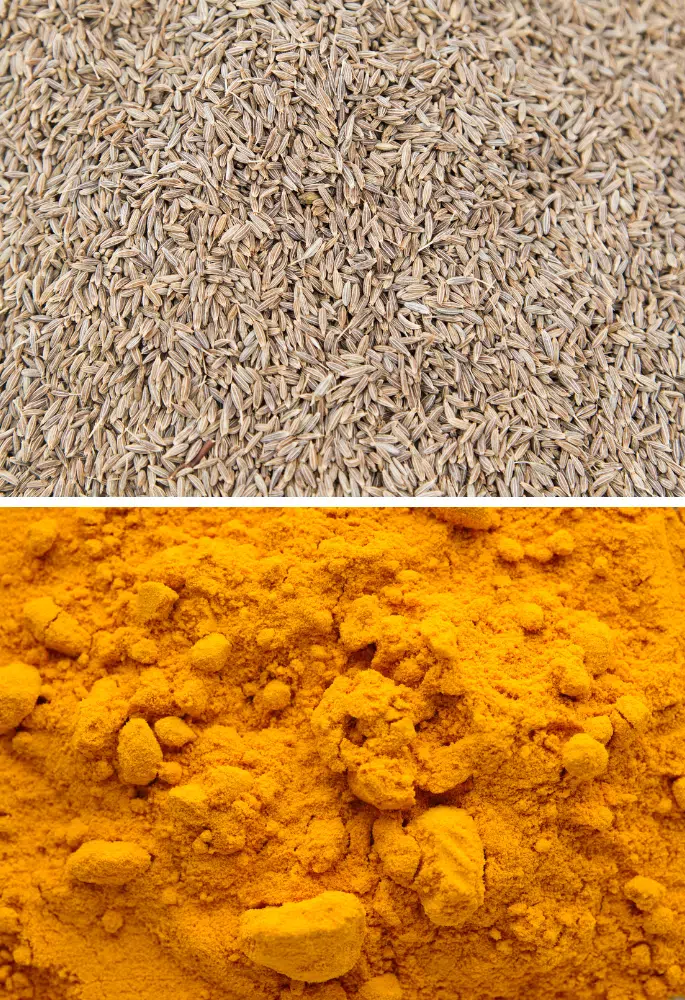Out of the four food-taste categories, accessing your umami tastebuds can be the most challenging. Especially if you primarily cook western food. Compared to Western cuisine, Asian cuisine is bursting with umami flavour.
Along with soy sauce and shitake mushrooms, two ingredients you will often find (in Japanese recipes especially) are dashi and bonito. But what are these ingredients, and are they similar enough to use interchangeably?
What separates dashi and bonito is that dashi refers to a group of broths that is umami-rich. Bonito is preserved fish in the form of flakes or pellets that is often used to make dashi.
What is Dashi?
What many people do not know about dashi is that it is not a singular type of broth but instead is the word for a specific group of umami-rich broths and stocks.
Unlike other rich stocks or broths that usually have to cook for hours at a time to develop their intense flavour, dashi is comparable to steeping tea in its ease.
This simplicity and how quickly dashi develops its flavour make dashi the perfect base for countless Japanese dishes.
Of course, dashi means a group of broths and stocks rather than one specific ingredient; there is a whole range of dashi variations.
One of the most popular bases for dashi is edible kelp or kombu, but other bases include preserved, fermented fish, dried anchovies, and shiitake mushrooms.
To make the broth, the base ingredient is boiled in hot water, and then the resulting broth is used in any dish you like – it is that simple!

Japanese supermarkets sell instant dashi like chicken or vegetable stock in the west. Though it may not be unique dashi some Japanese families have spent decades perfecting, instant dashi is umami-rich and flavourful.
What is Bonito?
Though some explanations may try to overcomplicate the definition of bonito, it is essentially just fish flakes that have been made using fish from the mackerel family or fish that are vastly similar to the mackerel family.
The flakes are preserved in such a way that they are easy to dissolve in a little water which is why bonito is often used as a base for dashi or other liquid components of your dish.
Additionally, bonito can be eaten fresh and used as a topping for rice or other fresh dishes. You’ll often see them sprinkled over takoyaki.
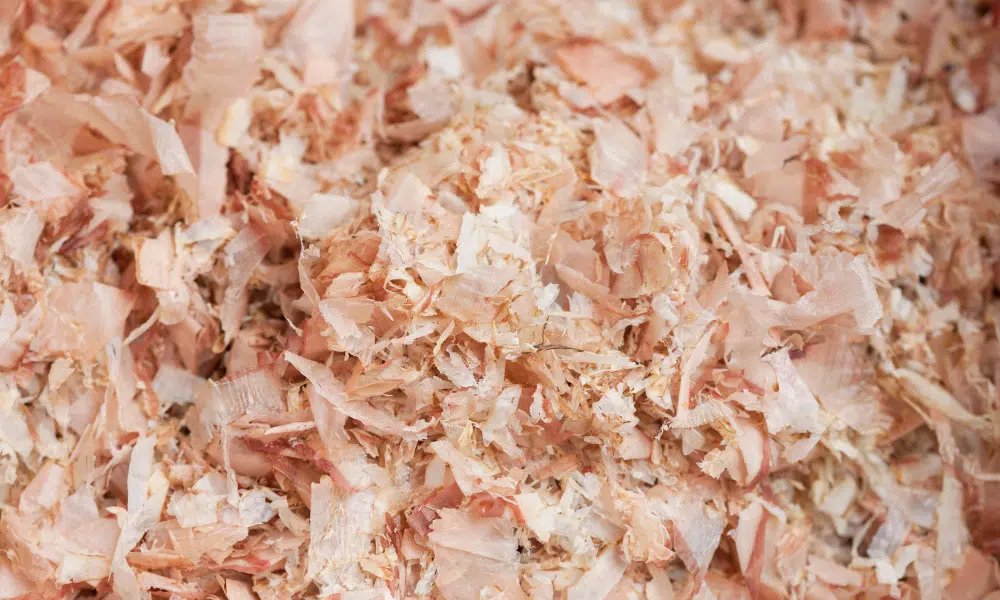
To make the flakes, bonito manufacturers smoke their fish of choice and completely dry them out. This highlight’s the fish’s natural umami savouriness and gives the flakes a nice smoky finish.
Bonito flakes are so popular in Japan that the specific fish used to make the flakes are also called bonito fish. These include skipjack tuna and mackerel.
Similarities Between Dashi and Bonito
There is a lot of confusion over dashi and bonito, with many people mistakenly combining the two in their understanding of Japanese cuisine. After all, they share so many vital similarities, such as:
Umami-Booster
Similar to how China and other Asian countries use soy sauce for an umami burst of flavour, Japan uses dashi and bonito.
Bonito by itself as flakes and dashi’s vast array of broths or stocks are fit to burst with umami richness that is hard to replicate. Your dish will indeed have an instant umami boost no matter which source you use.
Japanese Essentials
A lot of Japanese dishes thrive and are so delicious because of their umami-ness.
Dashi and bonito are not only two of Japanese cuisine’s most used go-to umami enhancers but also general ingredients.
Dashi forms the base of a whole array of Japanese dishes, while bonito is a fundamental ingredient in that dashi or other areas of the dish.
Simplicity
A large part of the reason that both dashi and bonito are so widely used in Japanese cooking is that they are simple ways to improve your dish with very little effort.
Once you get the water boiling for your dashi, it can take under 10 minutes to fully remove those lovely umami notes from your base of choice.
Bonito is just as simple as it is ready-made fish flakes that you add to your dish like any herb or seasoning.
Differences Between Dashi and Bonito
However, dashi and bonito are not the same. They are used in relation to one another, yes, but they have their fundamental differences:
Name Meaning
Bonito is a general name for fish flakes or pellets that can be made with a few varieties of fish. But for the most part, it is understood that bonito are preserved fish flakes.
On the other hand, dashi is the word used for a group of stocks rather than one type of stock in general. The stock should be umami-rich but can be as simple and as complex as you want to make it.
Commercial Form
If you were to look in your local Japanese supermarket for either dashi or bonito, they would look very different from one another.
First of all, bonito are dried fish flakes, so they tend to be sold in plastic bags looking like dried fruit flakes.
Dashi, on the other hand, will either be sold as granules similar to British gravy granules or as a pre-made stock.
Base Ingredient
Bonito is a very common base or additional ingredient used in dashi to enhance the broth’s umami taste.
However, there are much fewer limits on what can be considered a base for dashi than bonito. Kelp, mushrooms, and dried fish can be used for dashi, whereas bonito can only be made using specific types of fish.
Dashi vs Bonito: Which Wins?
If you had to pick either dashi or bonito as your favourite Japanese ingredient, which would you opt for? Which ingredient could you not survive without?
Which Ingredient Could You Not Live Without?
Dashi and Bonito FAQs
Do you still have questions about what sets these 2 ingredients apart? Then check these common queries out:
Traditionally, dashi is made using bonito. However, with the increasing popularity of veganism, dashi can also be made using mushrooms.
Sources
Where we obtain our information and verify the facts in this article:
Just One Cookbook
What is dashi
Sous Chef
How to use bonito flakes
Acacia may be a freelance writer by day, but they are a food fanatic by night. They are always trying out new recipes or finding different ways to elevate classical dishes. But their biggest culinary aim is to educate others on the basics of the kitchen so that they too can enjoy delicious food.


